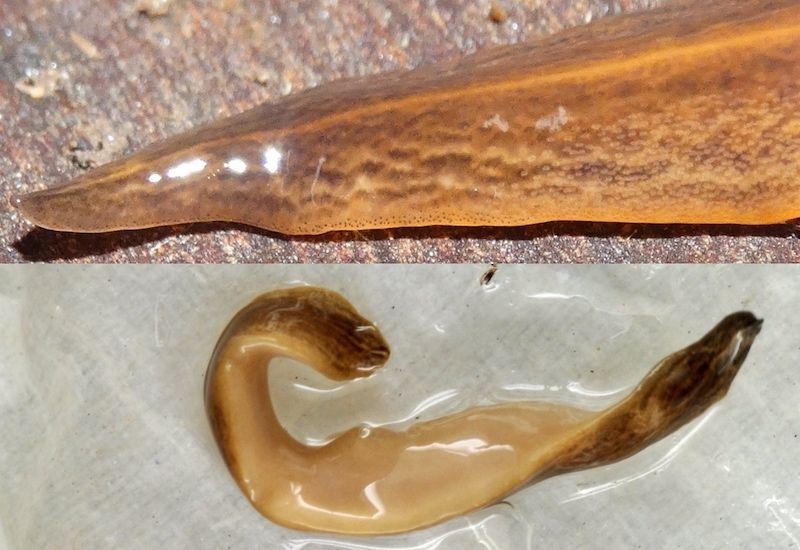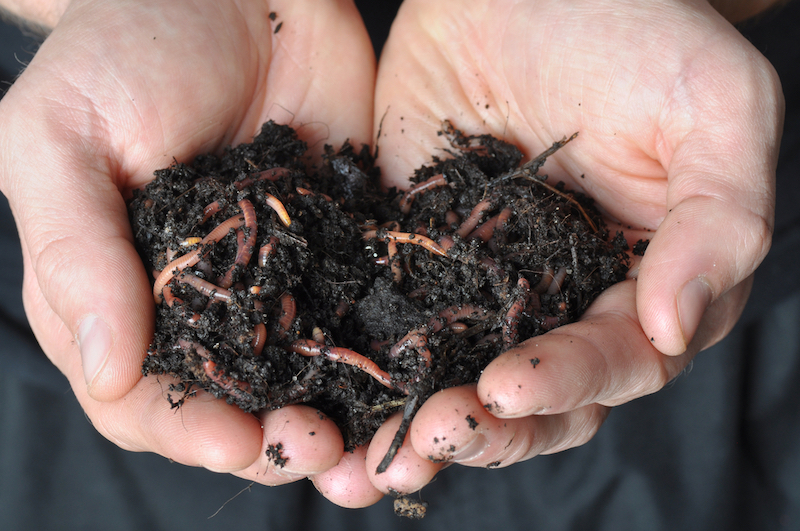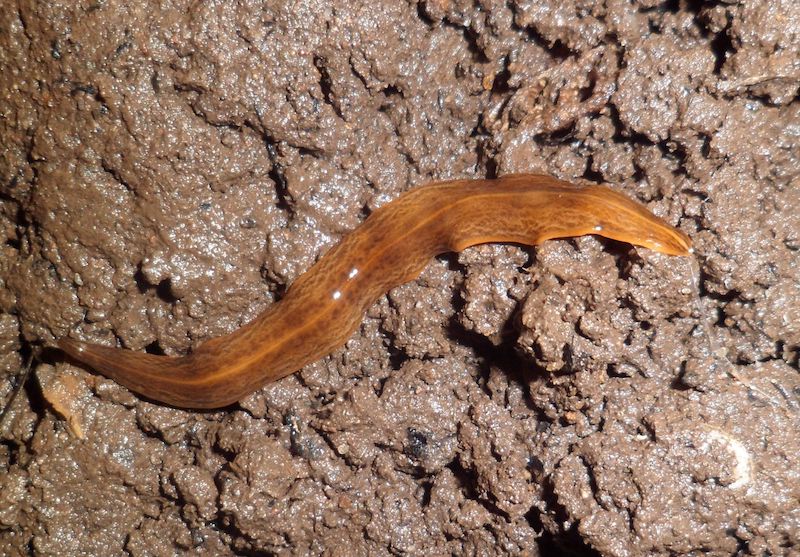


Back in 2008, a "flesh-eating" worm hailing from Argentina was spotted in Guernsey, making it the first of its species to be found in Europe - now 12 years on they are invading the continent.
The Obama Nungara, or Obama Flatworm, used Guernsey as a beachhead then, before moving on via France.
75% of France now has a population of the worm, for example, and it has also been found across the UK.

Pictured: In the case of the Obama Nungara, the slimy brown flatworm has now been found in Spain, France, Portugal, Italy, Belgium and the UK, but was first found in Guernsey.
In Guernsey, it has integrated itself with several native species of flatworms, and has since been joined by two other non-native flatworm species - the Australoplana Sanguinea, from Australia, and the Kontikia Ventrolineata, also from Australia and New Zealand.
All of these non-native flatworms are notorious for predating upon other, normal earthworms and snails. It has also been reported in the UK that the worm can "ravage" soil in gardens.
The identification of the Obama flatworm was during an island wide survey by the States of Guernsey Plant Health team, in partnership with Dr Hugh Jones from Manchester University. It was during this survey in 2008 that the species was recorded in Europe for the first time. The survey aimed to search for another invasive species which is found in the UK – the New Zealand flatworm (Arthurdendyus triangulates). This is much larger and voracious predator of native earthworms – fortunately it has not yet been found in the island.
Pictured: The New Zealand Flatworm is like a flat ribbon with dark purple brown markings on top of a pale, buff underneath and buff coloured legs. They are usually 5-15cm long, and pointed at both ends.
Speaking about the flatworms, a spokesperson for the Guernsey Biological Records Centre said it would be helpful of members of the public could keep an eye out for these New Zealand flatworms.
Elizabeth Sweet, Manager of the Guernsey Biological Records Centre, said: “Invasive species are a problem but we don’t know how much without knowing how far they’ve spread, or if they’re even here. Every record helps us build up an accurate picture of distribution. The New Zealand flatworm is very distinctive. If you think you’ve spotted one please send in a photo with when and where it was taken.”

Pictured: The easiest way to survey for flatworms in your garden is to place a piece of non- porous material, such as myplex, on the ground. After 1 week check underneath it and look for flatworms near the surface. Have a look at the Buglife website for help to identify what you find.
Flatworms live in soil and so most likely made their way into Guernsey as eggs or adults inside potted plants. Without the pests and predators in their native countries they readily established.
The GBRC said they pose a risk to local biodiversity because they predate on native earthworms and snails. Where they have established, there have been significant declines in the abundance of earthworms, especially those species which live near the soil surface. This may have consequences to both soil health and to the native predators of earthworms, such as blackbirds and robins.

Pictured: The Obama Nungara was first found in Guernsey in 2008.
So, what can you do if you believe you might have a population of Flatworms in your garden?
Julia Henney, the island's Biodiversity Officer, said you may not be able to eliminate them, but you can follow some rules to try and stop them getting established in the first place:
Try not to introduce any plants into your garden in pots with soil; buy bare rooted plants or grow them on from cuttings where possible.
If you are looking to purchase new topsoil for your garden, make sure it has been sterilised and stored correctly.
Please dispose of any soil or plants carefully - never dump them into the environment, especially on nature reserves.
"These three species of flatworms have been established in Guernsey for many years and are likely having an impact on our local wildlife. We would encourage you to try to prevent the spread of these and other invasive non-native species by following this simple advice," she said.
Pictured top: The Obama Nungara.
Comments
Comments on this story express the views of the commentator only, not Bailiwick Publishing. We are unable to guarantee the accuracy of any of those comments.